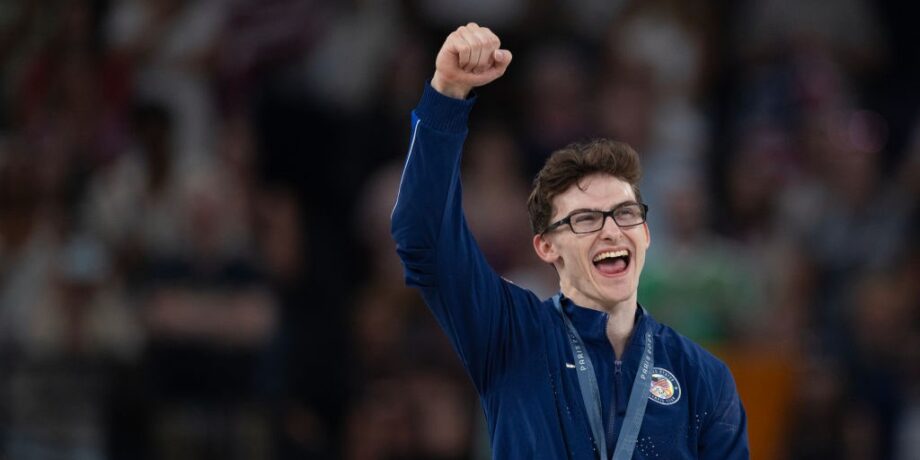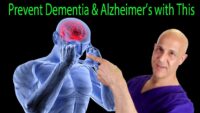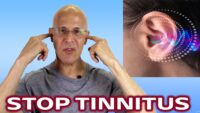During the 2024 Paris Olympics, gymnast Stephen Nedoroscik became nearly as famous for his spellbinding pommel horse routine—which scored him an individual bronze and also carried the US men’s team to a bronze—as he did for his Clark Kent–esque glasses. The 25-year-old could almost always be spotted chillin’ in his chunky black specs, but when it was his time to shine, he’d whip them off and deliver a heroic athletic performance. Now, all eyes are on the bespectacled champ once more as he’s set to compete in the 33rd season of ABC’s Dancing with the Stars, premiering on Tuesday, September 17, at 8 p.m. ET.
It turns out, Nedoroscik’s trusty glasses aren’t just part of his signature look; as he’s shared in the past, he has two eye conditions that affect his vision. And the only reason he took his glasses off pre-competition at the Olympics was because they were “gonna fly somewhere” if he left them on, he told Today. So he’s seemingly gotten used to competing without being able to see clearly.
Amy Sussman/Getty Images
In 2022, Nedoroscik posted a TikTok video in which he explained that he has strabismus. He describes the condition as being cross-sighted before demonstrating how he can “switch his dominant eye on command with both eyes open.” And during this year’s Olympics, he commented on the video, noting that he posted it to see if anyone had a similar experience of strabismus, and that he could shift his “world viewpoint from one eye to the other. Like one camera to another [two inches] away.”
Portland, Oregon–based ophthalmologist William Flanary, MD, who goes by Dr. Glaucomflecken, suggested in his own TikTok video this summer that Nedoroscik may have esotropia, a type of strabismus where one or both eyes turn inward toward your nose. The common condition is often referred to as being “cross-eyed” and basically involves a failure of muscle and nerve coordination—typically, eyes function in tandem, but with esotropia, they operate separately.








